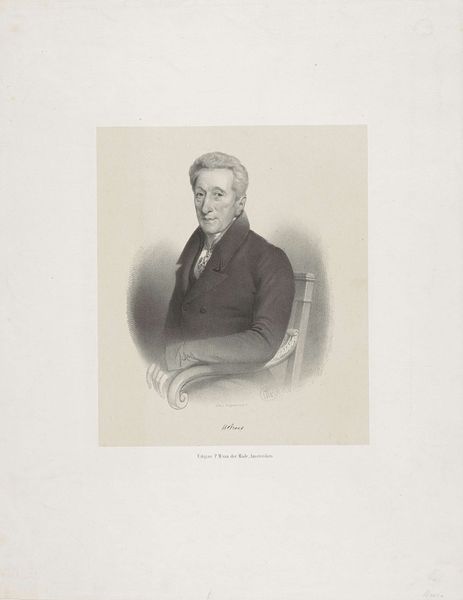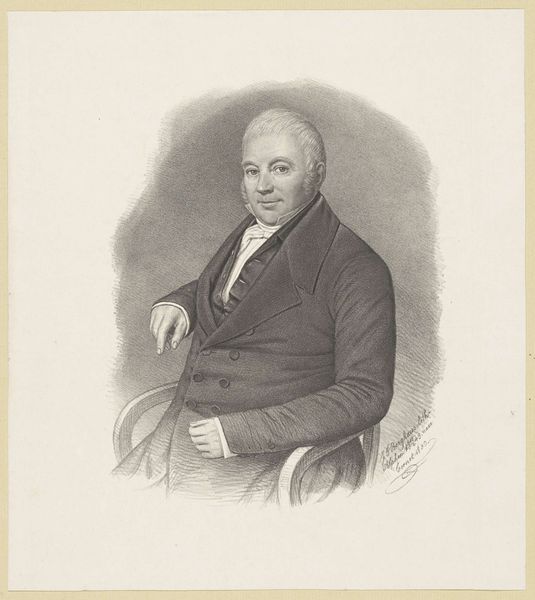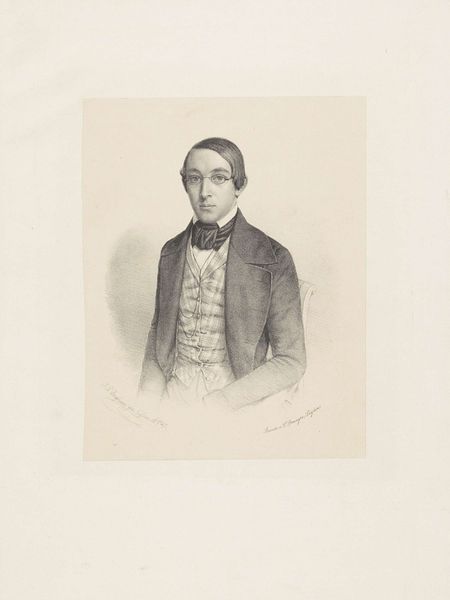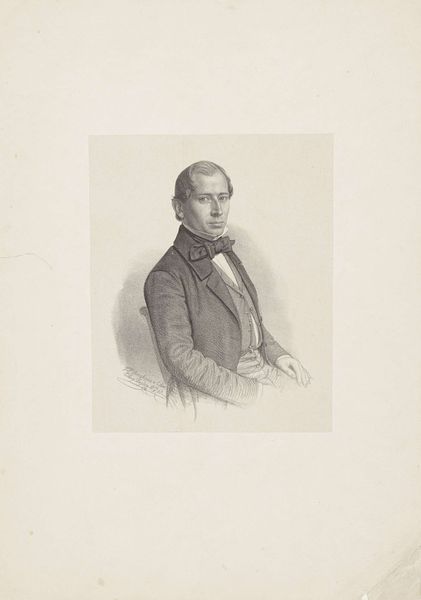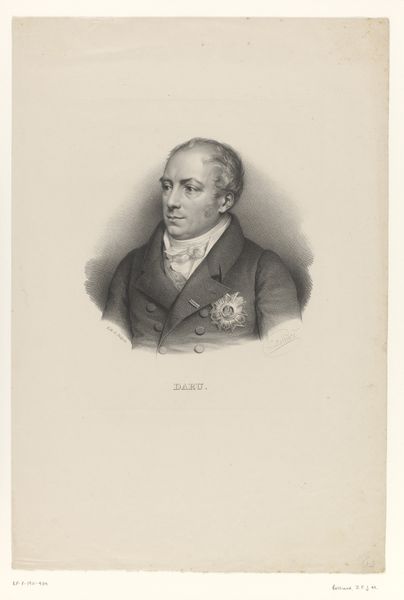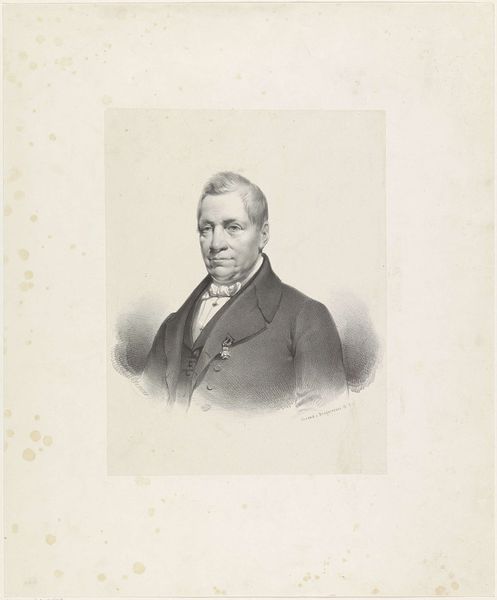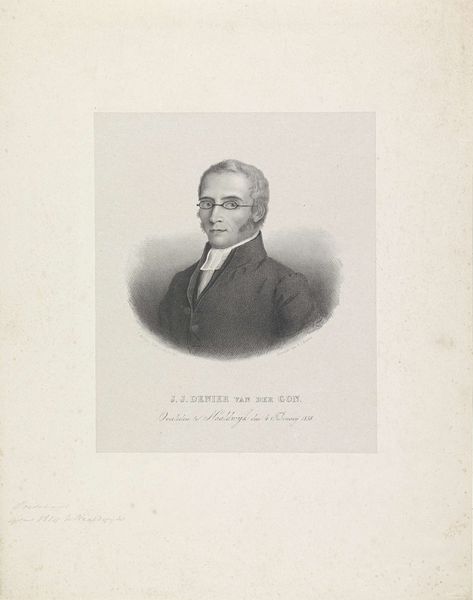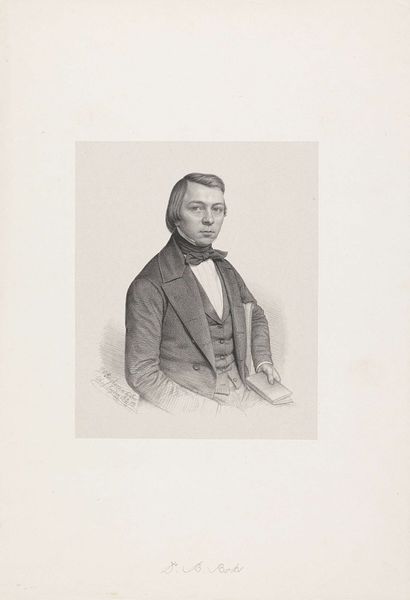
drawing, graphite
#
portrait
#
drawing
#
historical photography
#
pencil drawing
#
graphite
#
academic-art
#
graphite
Dimensions: height 405 mm, width 320 mm
Copyright: Rijks Museum: Open Domain
Editor: Here we have Johann Peter Berghaus’s "Portrait of Alef Brown," a graphite drawing from around 1856. The meticulous detail, especially in the face, gives the sitter a real sense of presence and gravity. How do you read this portrait? Curator: It's interesting to consider how the rise of photography at that time influenced portraiture. This drawing, while masterful, carries a certain stillness, an almost photographic realism. Does this quest for likeness enhance or detract from the power dynamics inherent in portraiture, particularly of prominent figures? Editor: That's a great point about photography's influence! It feels like Berghaus is trying to capture an objective likeness. Are there social implications when portraiture shifted to depicting likeness above all? Curator: Absolutely. Prior to photography, painted portraits were often vehicles for conveying status and idealised images. With the advent of photography, and the striving for realistic depiction in drawings like this, we see a shift towards a different kind of social currency. Think about how institutions used portraiture – and photographs – to construct narratives of power and authority. Is this image reinforcing established social structures or offering a new perspective? Editor: It makes me wonder about Alef Brown's status and why Berghaus might choose this medium to represent him. Does the choice of graphite say anything about the sitter, or about Berghaus's intentions? Curator: The choice of graphite, being more accessible than paint, may suggest a broader reach or a different intended audience. Or perhaps Berghaus aimed to portray Brown in a more ‘realistic’ and less glorified manner than traditional painted portraits would allow. What feelings do you get from the drawing overall? Is it successful in your view? Editor: It feels more human somehow, more immediate. The details create a sense of connection. Thanks for sharing a broader view! Curator: My pleasure. Looking at art through the lens of history reveals how deeply intertwined art is with social structures and power.
Comments
No comments
Be the first to comment and join the conversation on the ultimate creative platform.
